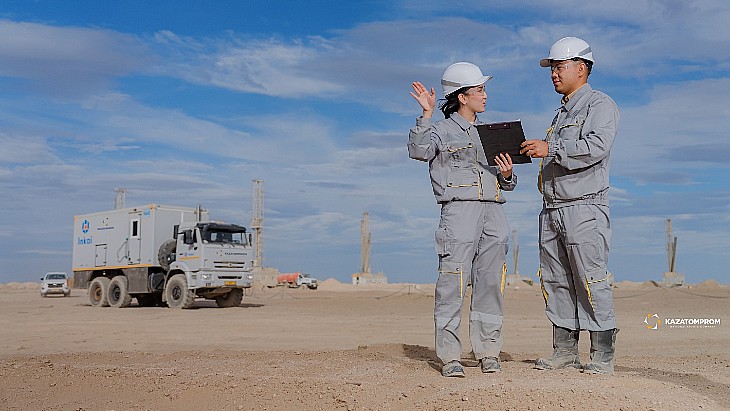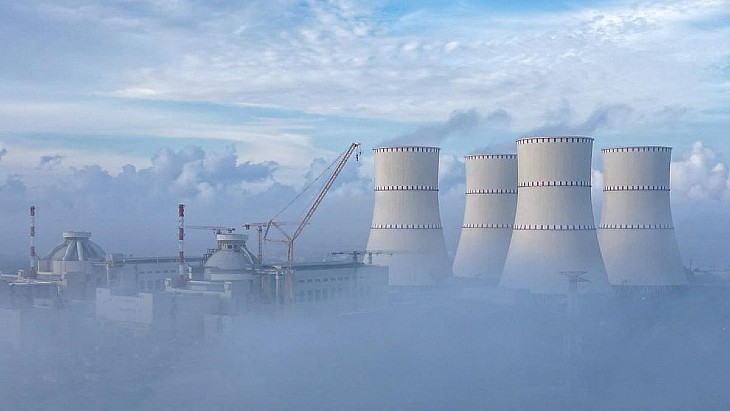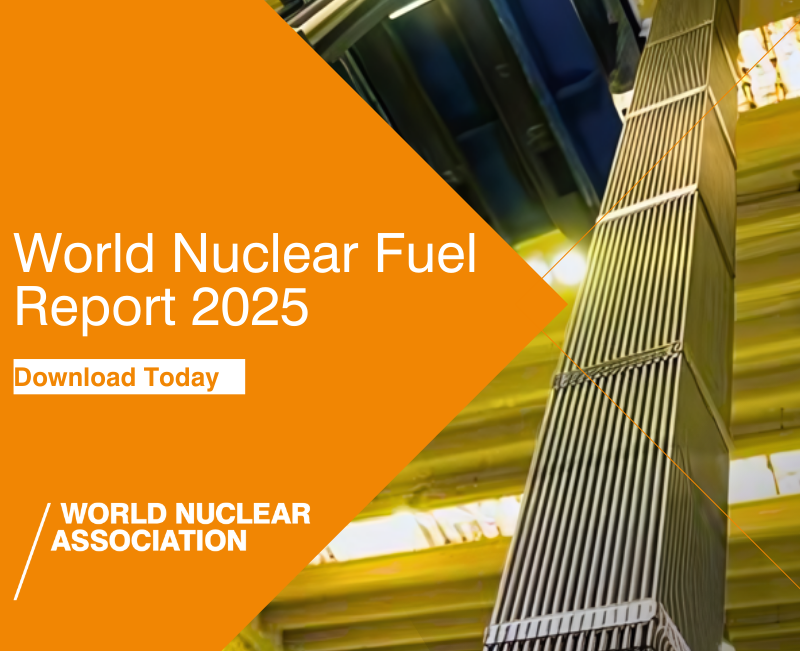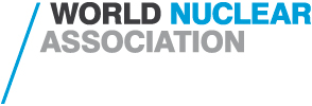"As the world's largest producer and seller of natural uranium, Kazatomprom fully recognises the critical role the Company has in supporting the global energy transition. We remain committed to delivering long-term value to all stakeholders," Kazatomprom CEO Meirzhan Yussupov said, as the company announced its consolidated financial results for the first half of 2025.
"Kazatomprom is currently undertaking a large-scale exploration in Kazakhstan, which is a top priority for replenishing its resource base and maintaining its leading position as a global nuclear fuel supplier.
“Despite the volatility in the spot uranium market and the broader capital markets, some of which may be due to uncertainty brought by the tariff wars, uranium long-term price has remained stable at 80 US dollars per pound proving that fundamentals remain strong. However, the Company does not view the current market developments to be sufficient to return to the Company’s initial 100% levels at this time, which are now being decreased by roughly 8 million pounds, cutting about 5% of the world’s primary supply."
Kazatomprom's nominal production level (on a 100% basis) is expected to fall from 32,777 tU (around 85 million pounds U3O8) as laid out under previous Subsoil Use Agreements, to 29,697 tU. Most of the 3,000 tU reduction is attributable to production adjustments at JV Budenovskoye, the company said. Subsoil use contracts are agreements with the Kazakh government covering the production of uranium by in-situ leach methods.
The company said it "expects to exercise its downflex opportunity within the acceptable 20% deviation under the updated 2026 Subsoil Use production levels". Actual 2026 production guidance has still to be finalised, and will be provided within the 2026 operational guidance disclosure, it added.
In previous years, uncertainties in sulphuric acid supply - a key reagent in the in-situ leach process used to mine uranium in Kazakhstan - has impacted production plans, but Kazatomprom said sulphuric acid supplies for 2026 are estimated to be stable. (In-situ leach mining is also referred to as in-situ recovery).
A "robust inventory position and a disciplined sales strategy" mean that all delivery obligations will be met in full while retaining flexibility to respond quickly to market developments, the company said. It also said that Kazakhstan's plans to build nuclear power plants, which could create a substantial domestic demand in the future, were worth highlighting.
"With each plant requiring around 400 tonnes (1.04 Mlbs) of uranium annually, over the entire operational lifetime [of three plants], this may translate to a cumulative demand of 72 thousand tonnes (187.2 Mlbs). A portion of the Company’s production could be therefore allocated to national needs over time," it said.
Kazatomprom's production for the first six months of 2025 was 12,242 tU (on a 100% basis), a 13% year-on-year increase. Its whole-year production guidance for 2025 remains unchanged, at 25,000-26,500 tU (100% basis).





_72306.jpg)


_49562.jpg)





